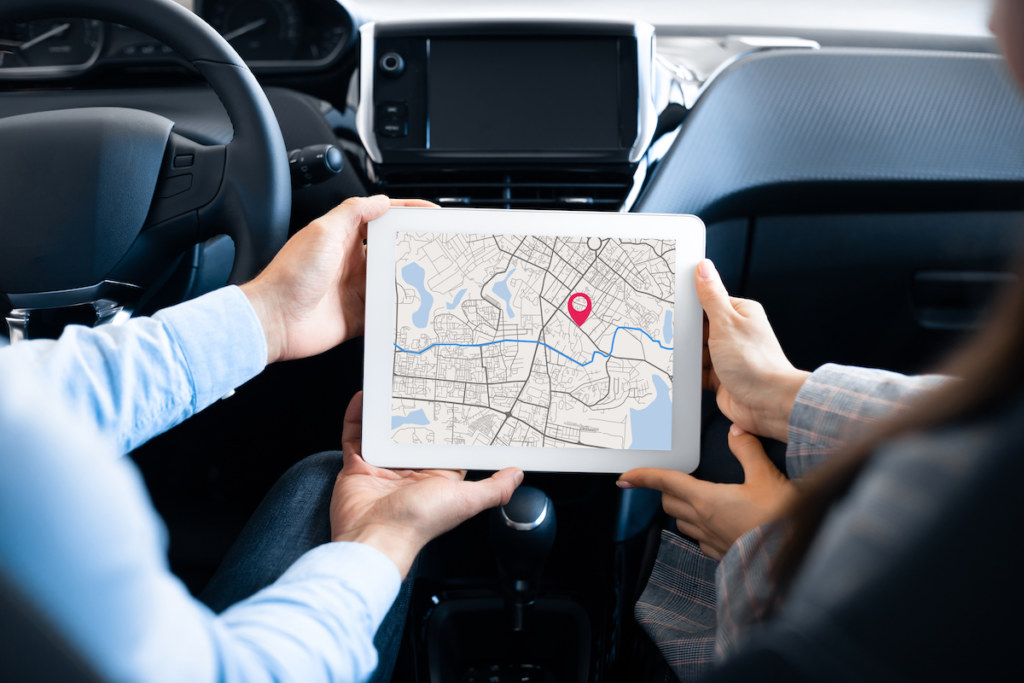Our Testing Process

Our team uses five categories to rate each medical alert system company:
- Essential features
- Product functionality
- Special features
- Customer service
- Purchasing process
The rating scale is 0–10 and each category is worth 18% of the overall score. We assigned point values to criteria within each of the five categories.
While an overall score out of 10 is assigned to the medical alert system company, we individually tested each company’s most popular product for the product functionality category and fall detection feature. We determine a company’s most popular product by contacting them and asking for its best-selling product.
Essential Features
Easy to set up: A medical alert system shouldn’t require professional installation, but it also shouldn’t be a headache to set up on your own. We score each system by the following criteria:
- Clear setup instructions
- Takes less than 10 minutes to set up
- Clear instructions to test your system
A company receives three points if all criteria are met.

Monthly price is rated by common price ranges. A company receives three points for a monthly price that falls between $20–$25. The companies that charge more than $40 per month receive only one point.
Fast response time is one of the top factors for a medical alert system—mere seconds can make a difference in an emergency. We test the response time of each company and assign a score for the following time intervals:
- 1–15 seconds (3 points)
- 12–25 seconds (2.5 points)
- 25–35 seconds (2 points)
- 35–45 seconds (1.5 points)
- Over 45 seconds
The shorter the amount of time it takes the monitoring agent to answer our emergency call, the higher the score the company receives.
Monitoring center: Every company featured in our top picks has a 24/7 monitoring center. We also awarded a higher score to monitoring centers that are TMA Five Diamond Certified by The Monitoring Association (TMA). This is a prestigious designation—only about 200 of the thousands of alarm companies in the U.S. are TMA Five Diamond certified.
TMA Five Diamond monitoring centers must meet the following criteria:
- Commitment to random inspections from nationally recognized testing labs
- Commitment to the highest level of customer service
- Ongoing job-related education, testing, and training
- TMA membership and participation
- Commitment to reducing false dispatches
Caregiver communication options are typically an app or portal connected with the medical alert system. Designated caregivers and loved ones can access the app or portal to get a more holistic view of their loved one’s care and safety.
We rate caregiver communication options based on the following app capabilities:
- App allows constant real-time communication with the user (3 points)
- App can be used to message user (2 points)
- App will notify caregivers if the emergency button is pressed, but they can’t communicate with user (1 point)
- No app available (0 points)
Functionality
Since functionality refers to how well or poorly an individual product works, we rate the most popular model from each company for this category.
The following three factors are scored as “Yes” (3 points) and “No” (0 points):
- Feature usage clearly explained: If the device comes with clear instructions and we understand how to use it fairly quickly, we rate it a “Yes.” If we are confused by the instructions, we rate it a “No.”
- Features are easy to use: This refers to how simple it is to use the various features for the device. If it is easy to use the device, we give it a “Yes.” The device receives a “No” if it is difficult to figure out all the features during the testing period.
- Reliable function: If the device works consistently as advertised without any glitches or issues during our testing period we give it a “Yes.” It receives a “No” if the device glitches or doesn’t properly function at any time during the testing period.
Aesthetics of wearable device is assigned one point for each of the following features:
- Embellishment options
- Sleek design
- Not bulky and can fit in your pocket
The most discreet, aesthetically pleasing devices receive three points if they meet all three criteria. The product receives zero points if it doesn’t offer a wearable device.
Many older adults look for a discreet, comfortable help button that they can wear. We assign three points for each wearable option: wristband, bracelet, or necklace. Wearable options are a separate rating category, but it is only weighted at 10% compared to 18% for the main five categories.
Special Features
Many add-ons or special features for medical alert systems can be life-saving for older adults. Like our functionality scoring system, each special feature is assigned a value of three.
If the device has a special feature, it is given a “Yes” (3 points) or “No” (0 points) if the feature wasn’t available. We pulled out eight total special features, so the highest a company can score in this category is 24 points.
These are some of the highlights:
Automatic fall detection is tested from different angles and speeds. This is the only special feature that doesn’t have a “Yes” or “No” scoring system. We break the points into the following and tested each kind of fall:
- Slow fall from couch or bed (3 points)
- Slow fall from standing upright (2 points)
- Fast fall from standing upright (1 point)
We give a device a zero if it cannot detect any of our test falls.

GPS location tracking is a common add-on feature (some mobile devices have it built-in) that tracks your exact location. This feature is excellent for active older adults or those with dementia who may wander and not know where they are. The monitoring center and selected caregivers have access to your location with GPS tracking.
Voice recognition technology allows you to communicate verbally with your device and control certain settings with your voice.
Health monitoring features may track and store health readings like your blood pressure and blood sugar level. Some medical alert systems also offer temperature and air quality monitoring.
Customer Service

You should be supported by a reliable, friendly customer service team to help you with questions you have or troubleshooting your medical alert system. We call each company’s support team to report on customer service quality.
Here’s a selection of the criteria we scored:
Customer service reliability measures how accessible the customer support team is. We assign the following categories one point:
- Available 24/7
- Available 365 days of the year
- Customer service contact information is easy to find on the site
The companies with the most reliable customer service receive three total points.
Customer service friendliness is rated by how the support representative interacts with us on the phone. The company receives one point for the following:
- The operator greeted us and had a positive attitude
- They said our name and were personable
- They answered all of our questions
Wait time is the time it takes to speak to a customer service representative. This isn’t the wait time to connect with a monitoring center agent during an emergency.
We time how long it takes to speak with a customer service representative and assign a score for the following:
- Less than 30 seconds (3 points)
- 30 seconds to 1.5 minutes (2 points)
- More than 1.5 minutes (1 point)
Multilingual operators should be available for users and caregivers who may not speak English. Most medical alert system companies will list all languages spoken at the monitoring center on their site. Companies that offer multilingual services receive three points.
Purchasing Process
You should be able to purchase your equipment easily and quickly once you’ve chosen the model and features you want. When purchasing each model for testing, we rate our purchasing experience based on the following:
- In-depth product review and description are available and accessible on the site (3 points)
- You can purchase the product directly from the site without having to call the company (3 points)
See Our Top Medical Alert Systems for 2023

The best medical alert system for you will depend on your lifestyle, budget, existing medical conditions, and other factors unique to you. Start your research today with our Best Medical Alert Systems guide.
